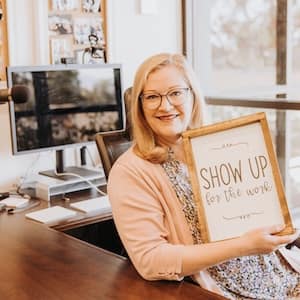
The Chronicle recently re-posted a 2015 article by Carol Holstead about her experiences requiring her students to take notes by hand. One important distinction she made was that laptops aren't very good for note-taking, leaving a lot of room to conjure up ideas as to how she might use technology in other ways in the classroom.
There have been many articles out in the past few years about hand written note taking:
- How typing is destroying your memory
- The cognitive benefits of doodling
- Close your laptop. Handwriting could make you smarter.
Just to cite a few…
I have been primarily laptop free in my classes for years now. The exception to the ban is when the learning activity involves something that would be enhanced by having access to research tools, or if I want to transform the students' cell phones into “clickers” using PollEverywhere.
One thing has changed, though…
I'm much more cheerful when I ask my students to put away their laptops/cellphones, even if I need to remind them of the request multiple times during the semester.
Here are my reasons:
Kindness. I continue to be inspired by Jesse Stommel on episode #057, as he shared how integral kindness is to his pedagogy. Whenever there are opportunities to show kindness to my students, I take them. Or at least I aspire to…
Rationale. It gives me an opportunity to reinforce my rationale behind the request to put away their laptops. I can remind them about the research that shows that, yes, taking notes by hand will slow them down, but that it will also often lead to greater retention.
Purpose. Jose Bowen shared this on episode #030: “Nobody uses a laptop while doing yoga or playing tennis.” By demonstrating to the students the function of a classroom community, the benefits of presence, I can better help them see that I care deeply about their learning and that is the purpose behind the restrictions.
When we let our students see “behind the curtain” a bit, we help them better understand our pedagogy, as well as our care for them as learners.
[reminder] How do you let your students see “behind the curtain” into your pedagogy? [/reminder]


I have started adding a section at the end of my syllabi (two-three pages) that describes the rationale for assignments, class organization principles, policies, etc. For example, I have flipped portions of my Intro to Linguistics course to create room for more discussion in class. But as I prepared for some of the pedagogical choices, and read the literature, I drafted (for myself) a rationale that referenced the literature. The rationale was initially for myself (informal), but I formalized it (and added citations and a bibliography) to add to the syllabus.
The outcomes were more pronounced than I had expected – we ended up discussing how syllabus decisions are made, and students who plan to go into education (more than half of the students in that class) expressed a marked interest in understanding how faculty make choices toward deeper learning.
These were such helpful examples, Scott. Thank you for taking the time to share them. I saw that you’ve started blogging more, again, and I look forward to continuing to learn from you in the coming months. Thanks, again.